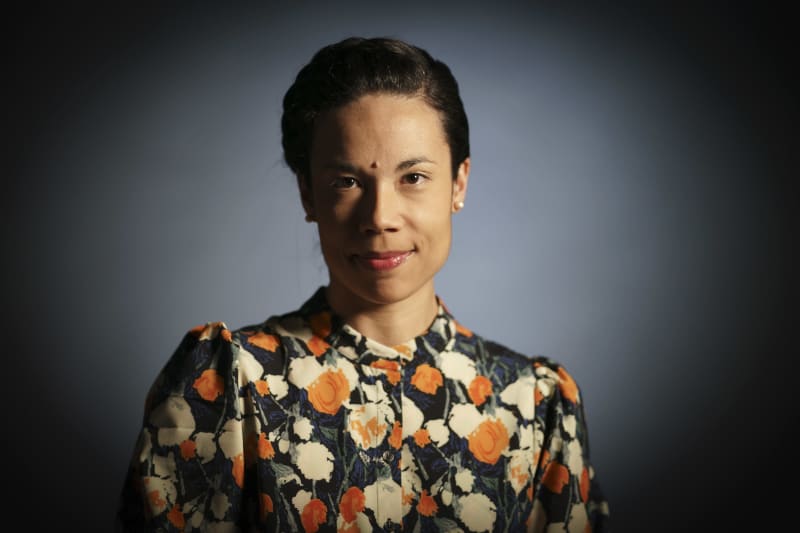There are many cultural norms associated with hair: beautiful hair is straight and a woman’s hair is long. I was surprised at how much I cared about hair, says Rask.
\”should I participate\”
\”hair is indeed a difficult subject\”
\”I can’t think of anything\” crying emoji
\”having a brainstorm\”
\”that is, to take a couple of pointers\” clinking glasses
We never had time to give the advice my sister wanted. However, an instant storm started in my brain after reading the link sent by my sister. Seven weeks – and many short-lived nights of sleep – later, I sent a personal essay to Ruskeinen Tyttoken and Kustantamo S
I didn’t know: I had a lot about hair.
Except my hair wasn’t like everyone else’s. In the yard, the children shouted \”gypsy\” after me. I thought it was my black hair that was wrong.
I pondered in my essay, when did I become aware that I was different from others? When I was under school age, I heard for the first time that I was \”poo-colored\”. This is many children’s first contact with racism.
My hair story went through middle school, to discovering the straightener in high school. In the Western ideal of beauty, straight hair is the norm. Racist ideology has defined beauty ideals so skewed that they include hair that bends to gravity, not defies it. Another norm is that women have long hair and men have short hair.
The norms feel like a pressure to straighten the curls, even if it means a life limited by a straightener. In my teenage years, I lived with one straightening for almost a week, as long as I remembered to avoid any kind of moisture. This meant: party tomorrow, no sauna today. Passport photo shoot tomorrow, you can’t go to the gym today.
The way I do my hair either emphasizes or hides my difference. In society’s eyes, it is either more or less at odds with my Finnishness.
It feels important, but also scary to open my hair – and my story. Especially when my essay was included in a collection of writings about curls.
\”I know how much it would have meant to me as a little girl if I had seen a black Ariel. It would have changed so much my outlook on life as a whole.”
It matters that different people – and hair – are equally represented in society.
The column can be discussed on October 7. until 23:00.

